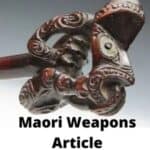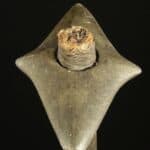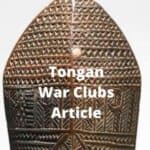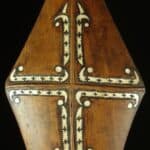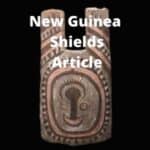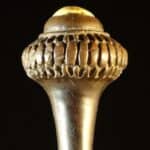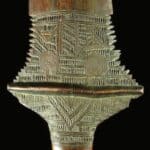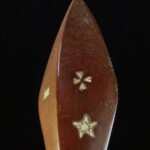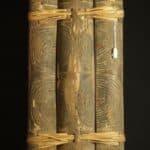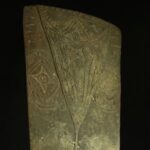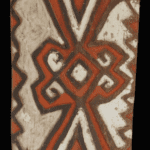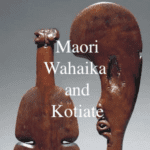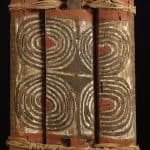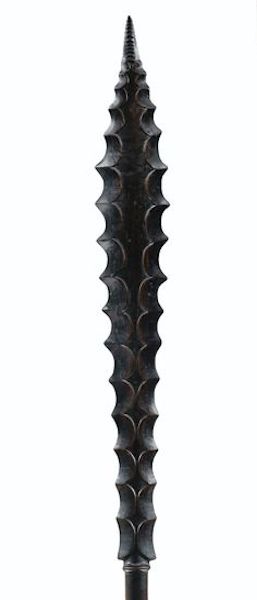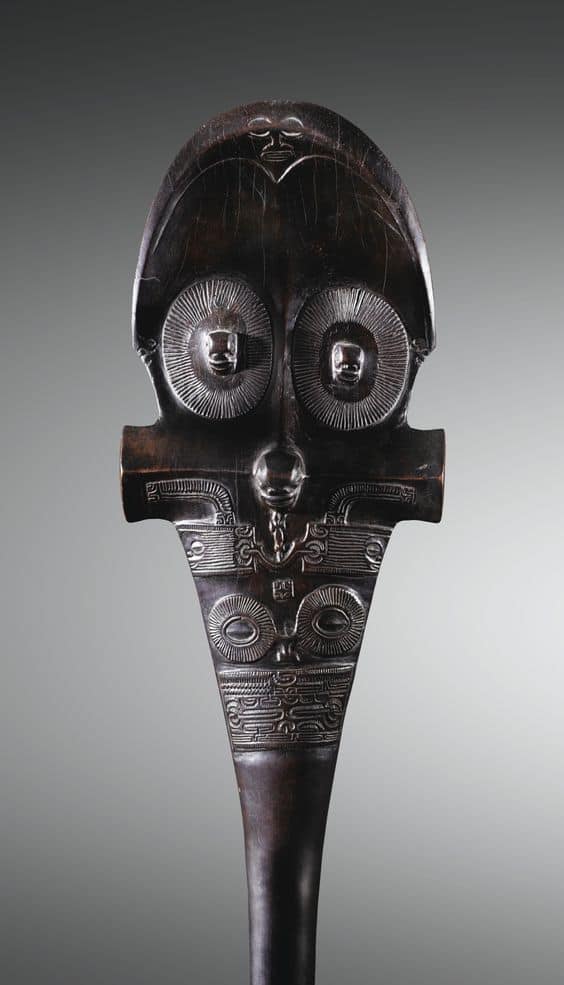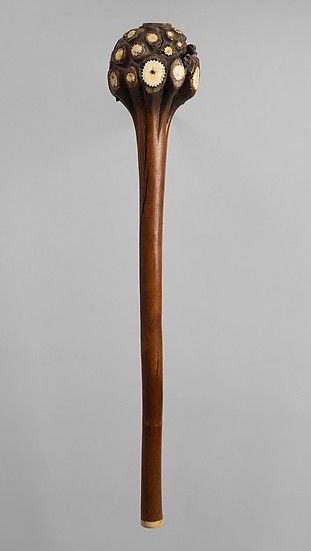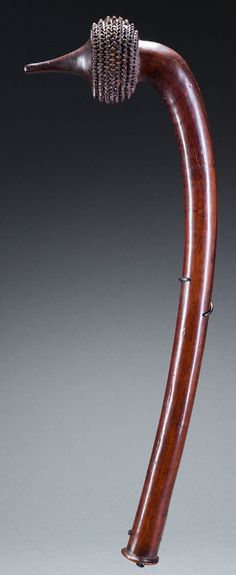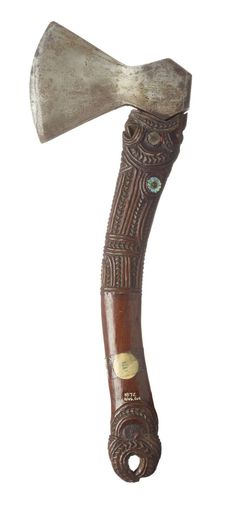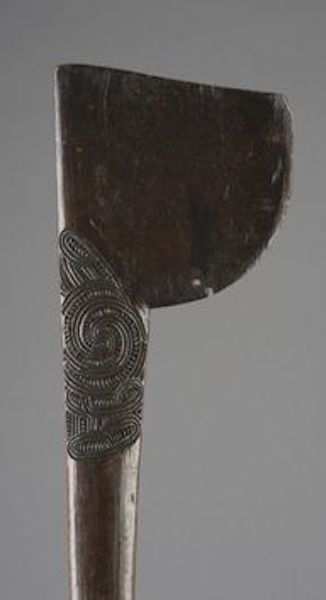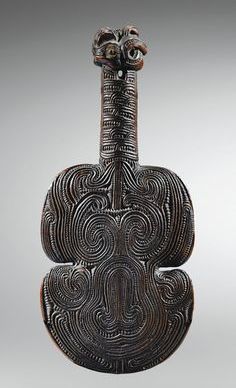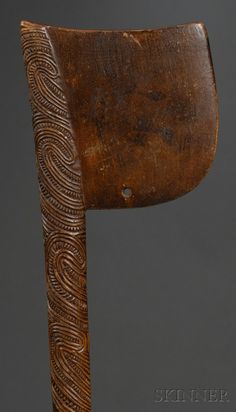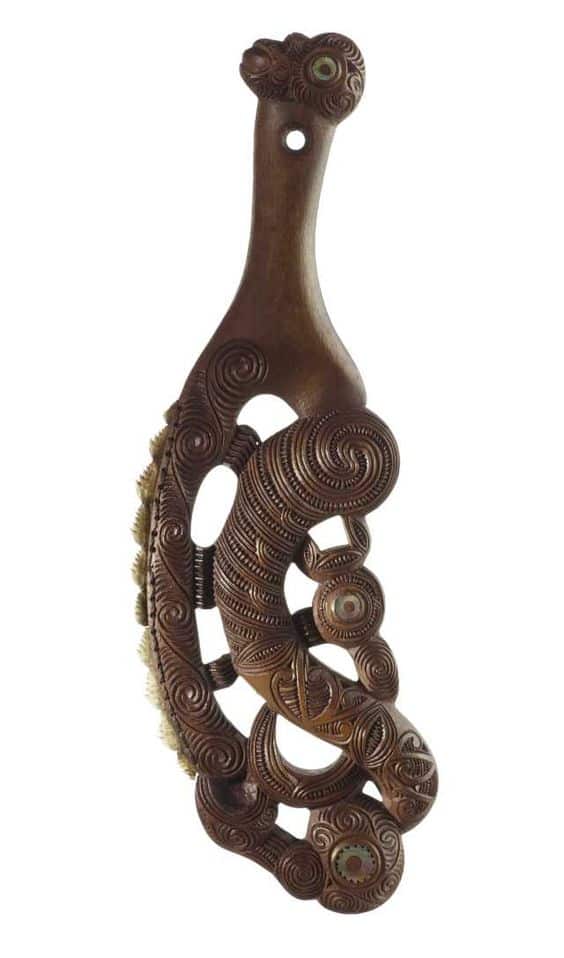Polynesian War Clubs
Polynesian War Clubs
This article looks at the various types of Polynesian war clubs. It has lots of images to help readers identify where their Polynesian war club comes from and what it is worth.
Polynesian war clubs are quite beautiful in their own right and are a highly collectible form of ethnographic art. They are not only collected by militaria enthusiasts and the very best clubs can be worth tens of thousands of dollars.
I collect Polynesian War Clubs and if you have a Polynesian war club to sell. If you own a Polynesian club and want to know what it is worth please feel free to send me a JPeg. I would love to see it.
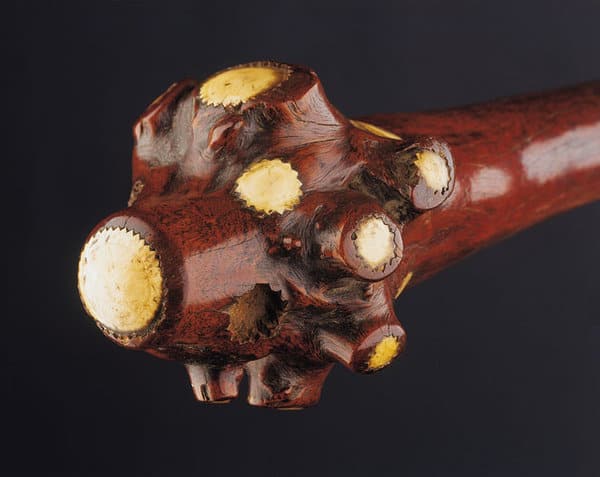
Polynesian war clubs general information
In the late 18th and early 19th centuries, there was no steel or bronze in the Pacific. Hardwood whalebone and stone were the hardest materials. One of the dominant weapons was the club. Simple but deadly effective. In New Guinea, much of the Fighting was with a shield bearing archers. In Polynesia clubs were the weapon of choice. It was the Polynesian war club that was the most highly prized and intricately decorated warriors’ weapons. In Fiji, weapons were so venerated that some had personal names and given the same treatment as idols
Other offensive weapons used in Polynesian warfare include spears, bows and arrows, slings and bone daggers. There are a huge variety of forms of Polynesian War Club more so than any other weapon.
Polynesian Warfare
In Polynesian society, war was not uncommon and occurred between different tribes and clans. It was a chance for warriors to prove their personal prowess and improve their reputations. It was quite a common, for example, for Maori war leaders to fight a one on one duel as proxies for their armies. Wars had structure and a sense of formality. Fighting with war clubs was honorable
Polynesians trained from a young age to use war clubs and in places, club fighting became almost a martial art. Youngsters spent hours mastering the arm, body and foot moves necessary to use various types of war club effectively.
Each Polynesian culture had distinctive club styles. It is possible to determine where a war club has come from by its shape and form.
In other areas of the Pacific Like New Guinea and the Solomon Islands warfare was also ritualized but with projectile weapons and shields.
Polynesian War Clubs by Area
Marquesas Islands War Club
The U’u club from the Marquesas Islands is one of the holy grails for collectors of Oceanic Tribal Art. They are extremely finely made and decorated with faces as the eyes. The clubs are carved from a dense hardwood. There is very little variation in the shape or form of this type of club. If it looks substantially different to the one in the photos it is probably a later and much less valuable example.
These clubs were not just a weapon. they were a status symbol. An object that defined your status as chief. It is because it is a status symbol that so much work and superb craftsmanship is placed in a single weapon.
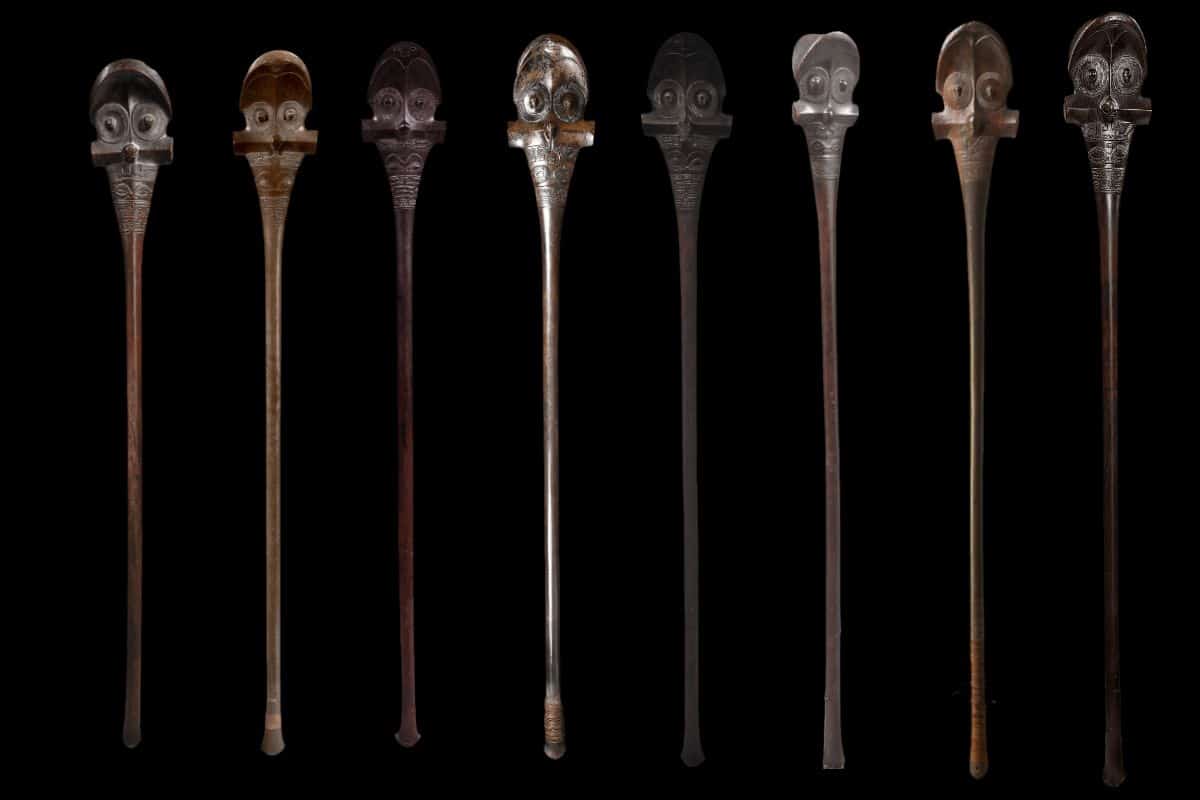
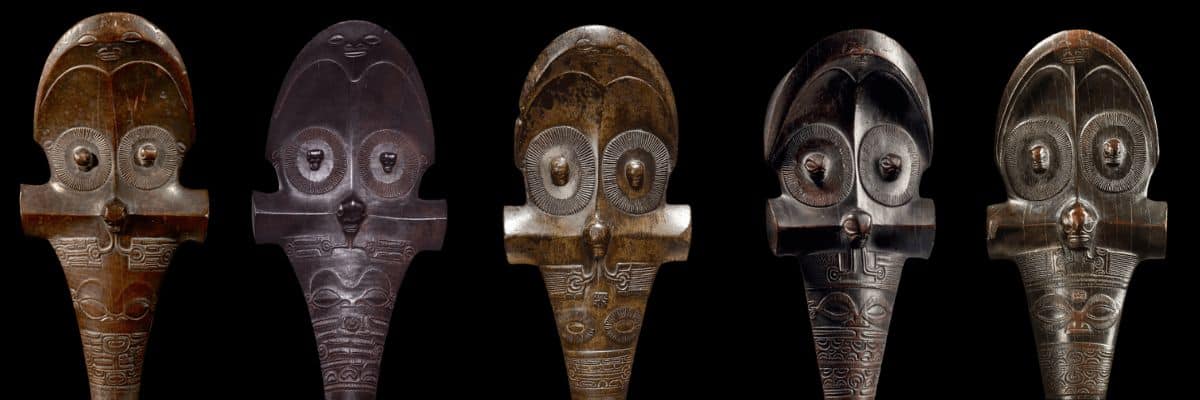
FIJIAN WAR CLUBS
Nowhere in the Pacific were war clubs more revered than in Fiji. There are so many different forms of Fijian War Club that I have an article dedicated to them. The majority of Polynesian war clubs that come to the tribal art market are Fijian, especially prevalent is the small throwing Fijian Ula.
Fijian Clubs of unusual shapes and with ivory inlays or carved all over tend to be the most valuable.
More About Fijian Art and Artifacts
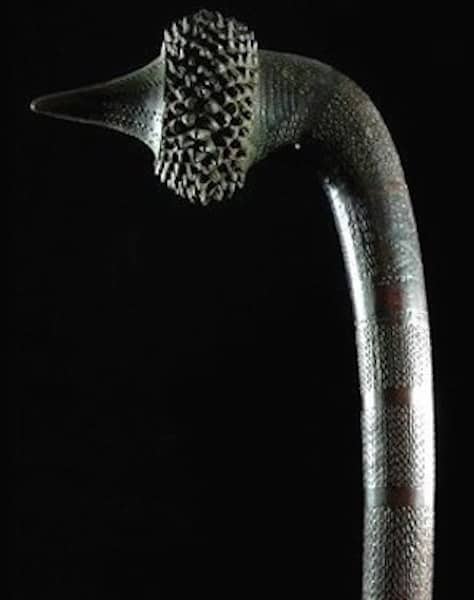
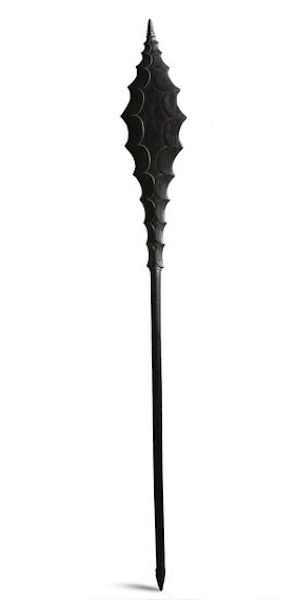
Rarotongan Clubs
These large heavy almost spear-like clubs have various head shapes as shown. They are all made from an extremely heavy hardwood and are very collectible.
Rarotongan pole clubs seldom come onto the tribal art market but when they do can go for large sums.
They are almost all stone carved and the large broad-headed variety the most sort after.
Pole clubs were capable of being thrust like a pike as well as slung like a club.
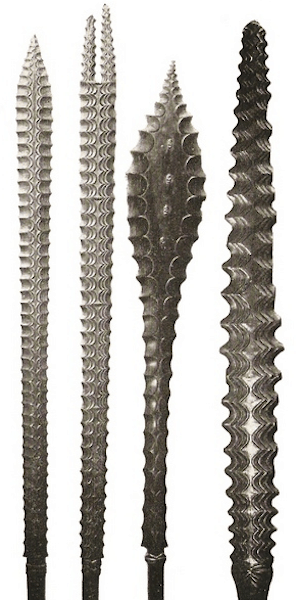

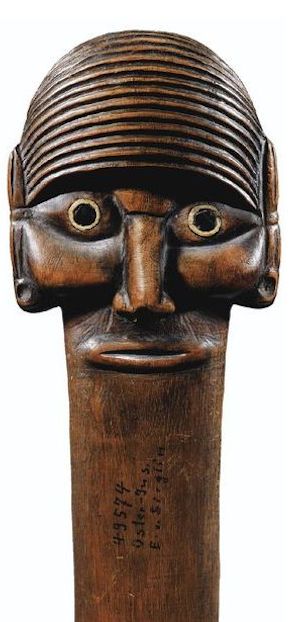

Easter Island War Club
Easter Island Clubs are the only clubs to have eyes made with bird bone and black Obsidion. There are some later examples on the tribal art market but they are fairly easy to spot. The face on the club is on both sides in a janus style.
There are two types. A long fighting club similar in proportion to a Maori Tiaha. This club is round on the shaft tapering to a spatula end.
The short club is similar to a maori Patu and was a single handed weapon
They are rare and sort after by collectors.

Niue Clubs
Niue War clubs are long being between 140cm and 180 cm. There are several different types but most are like the one on the Left.
They have a simple but very graceful form and are collectible as art objects as much as war clubs. Niue was once called the savage islands.
The Niuean warrior would attack his enemy by throwing stones located in his war girdle to knock him down. Once down, the victim would die on the sharp end of a club.

Hawaiian Clubs
The majority of the Hawaiian Clubs that come to the market are reproductions or later examples. A good early example though is worth a small fortune. They are the only Polynesian clubs to have shark teeth but should not be mistaken with Micronesian clubs that also have shark teeth.
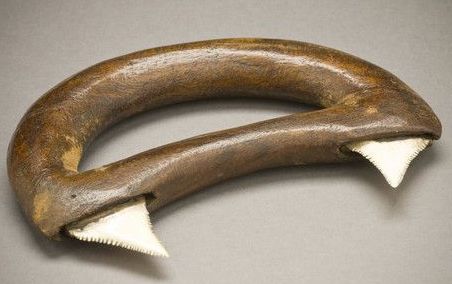
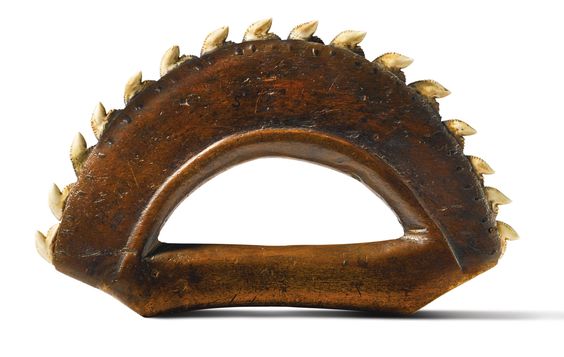


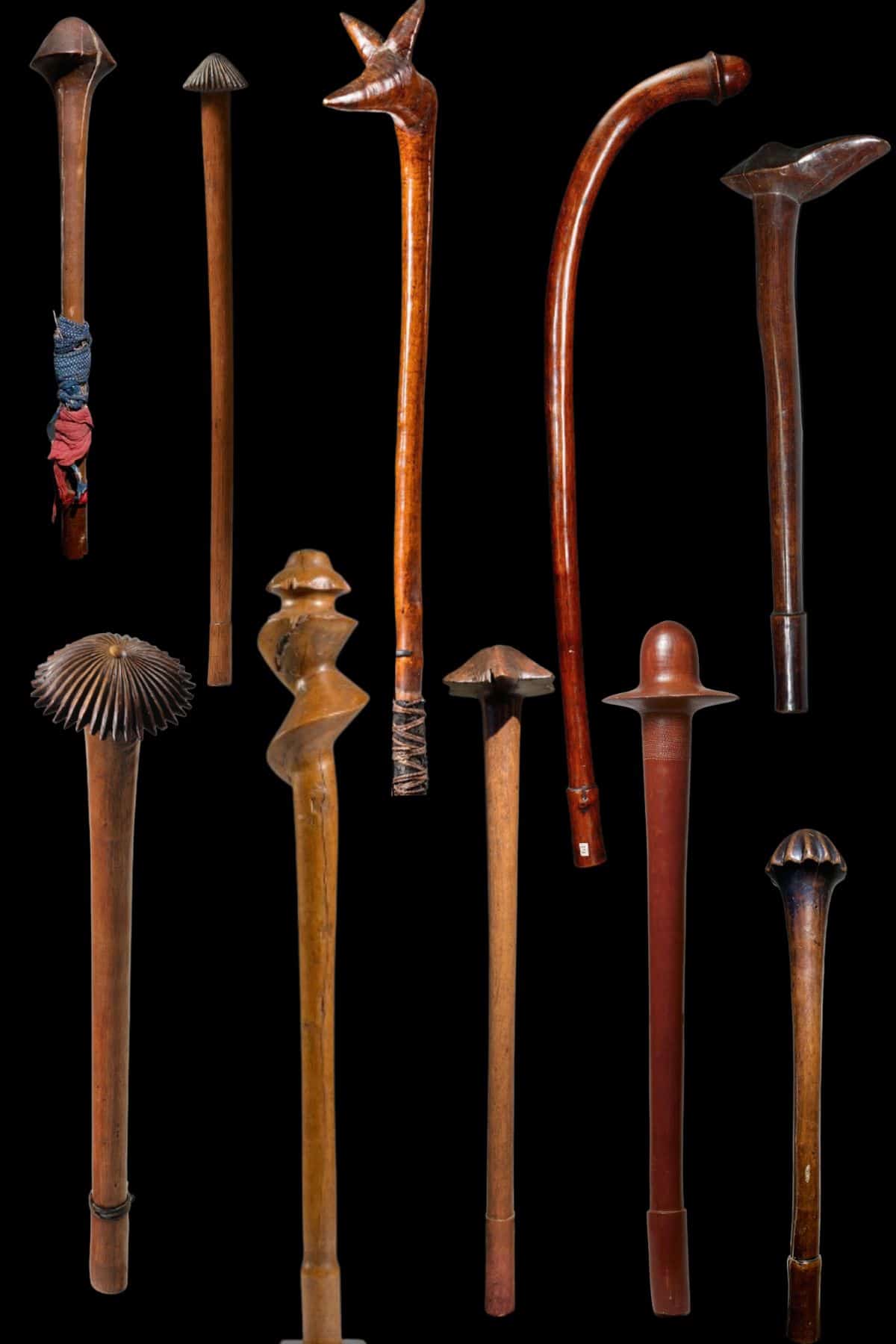
New Caledonian Clubs
The best known New Caledonian war club is shaped like a male phalus. These are relatively common but still collectable. The symbology of being beaten to death by a phallic club added humiliation to the enemy.
Other rarer and unusual styles are more collectable. Many of these are so well made and fine that they are also likely to have been as much prestige items as weapons.
More New Caledonia Art and Artifacts
New Caledonian bird head Clubs
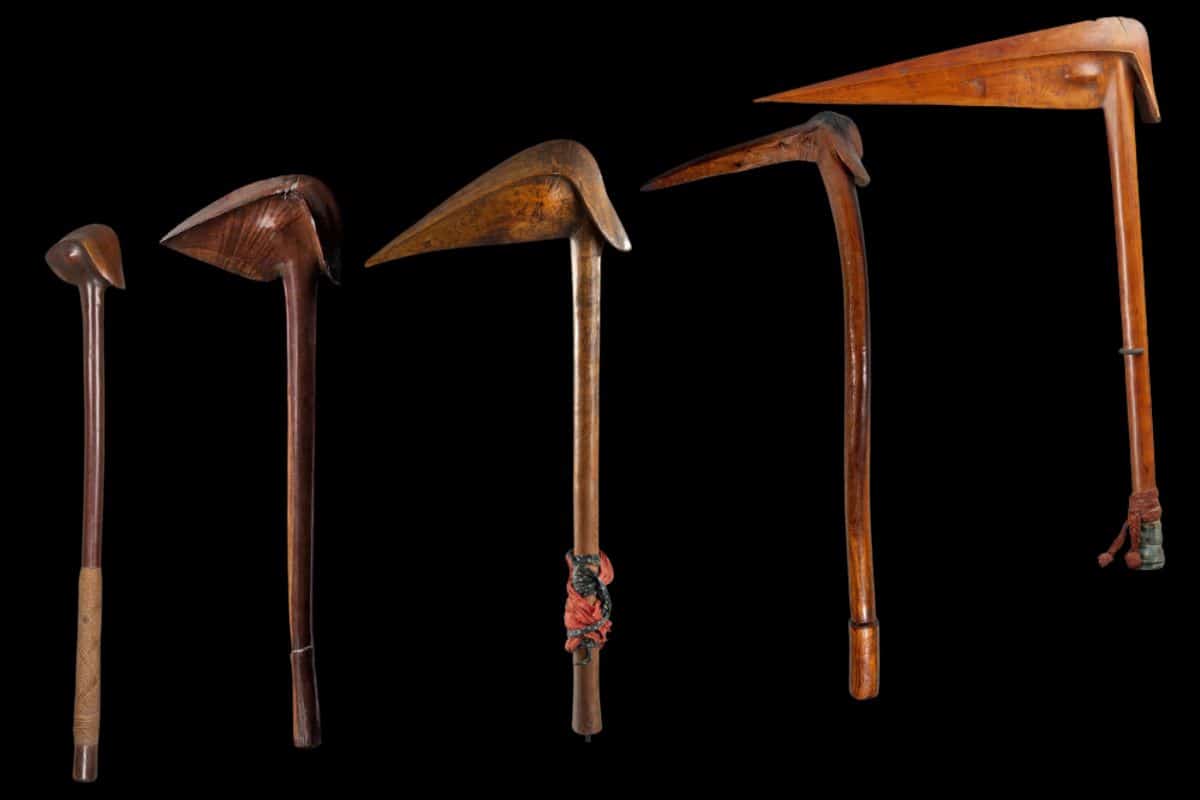
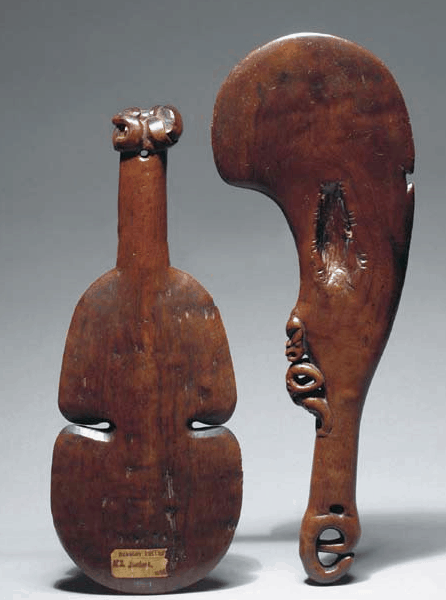
Maori Weapons and Warfare
The Maori were also prolific club makers and created a range of long striking clubs and short stabbing clubs.
They were one of the few Polynesian cultures to make clubs from stone. I have a separate article called Weapons of the Maori.
Samoan Clubs
Good old Samoan Clubs are few and far between. Newer 19th century clubs are quite common and not very valuable.
For ecery old genune samoan club there is 100 later copies.
Even the copies are a hundred years old they just are not worth much.


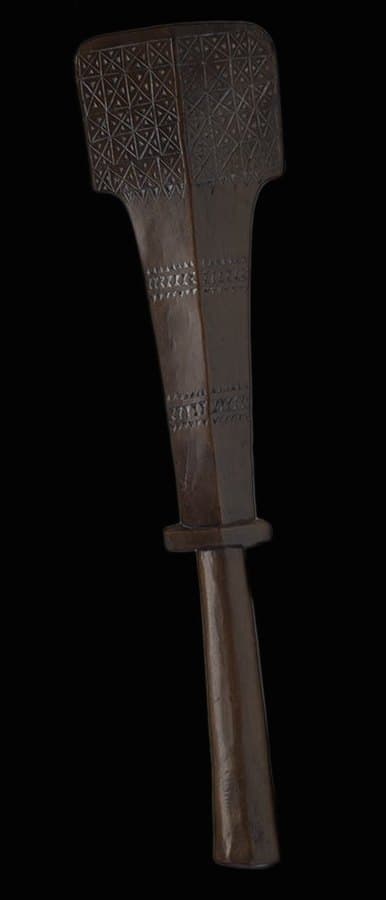
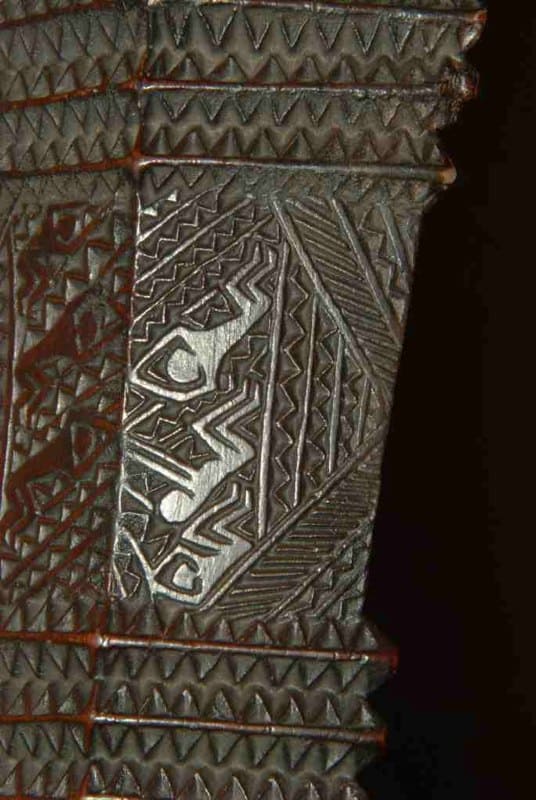
Polynesian War Clubs
Tongan
Tongan Clubs are one of the most collected of the Polynesian club and favored by tribal art collectors due to the superb workmanship.
There are four major types of Tongan clubs. I have a separate article on these clubs
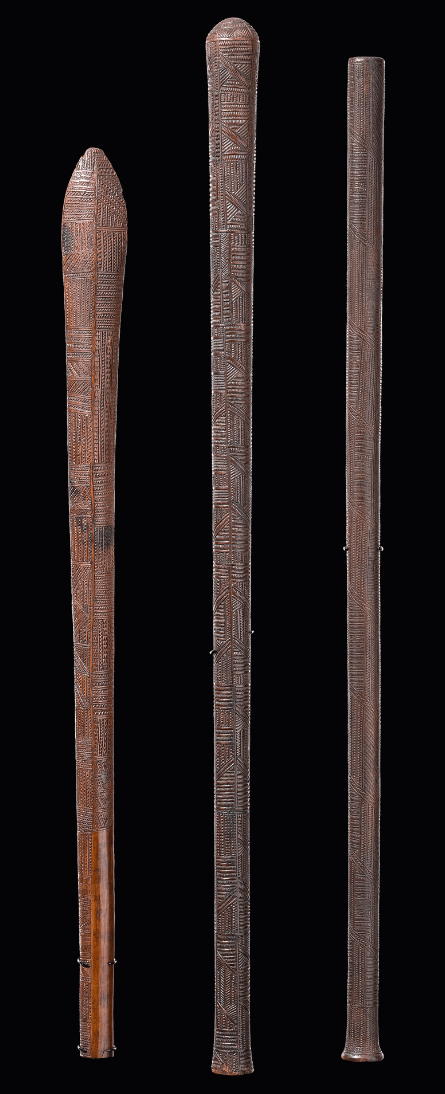
Without knowledge of the different club types, it is very easy to mistake a New Guinea War club or a Solomon island War Club for a Polynesian war club. If you have a strange war club and want my opinion then please just send me some images.
Other subjects in this series of articles include Aboriginal Weapons and tribal shields
All images in this article are for educational purposes only.
This site may contain copyrighted material the use of which was not specified by the copyright owner.
More Weapons and Articles about weapons

